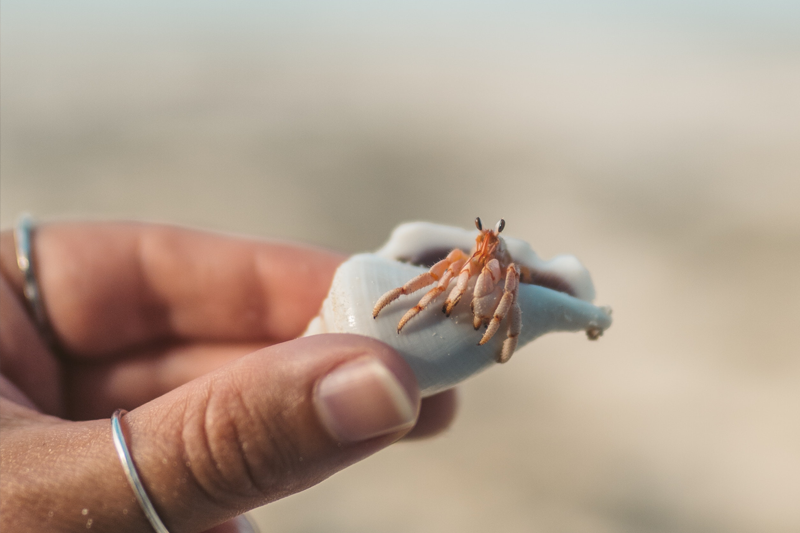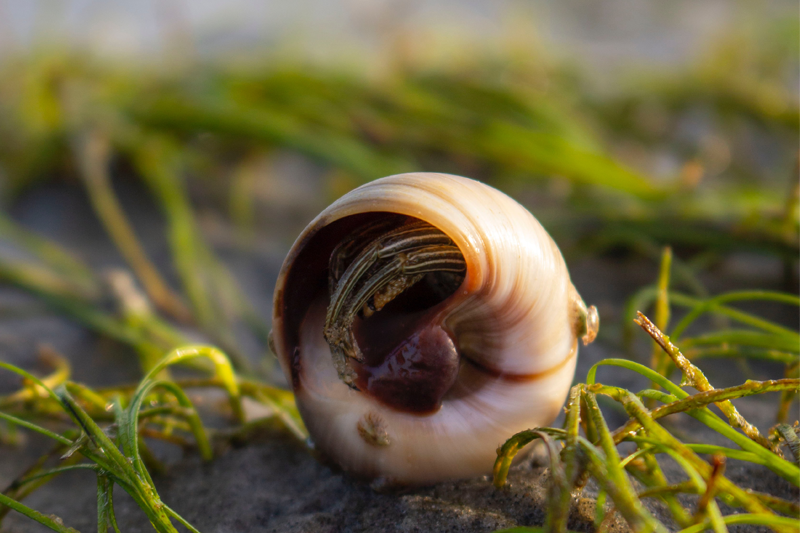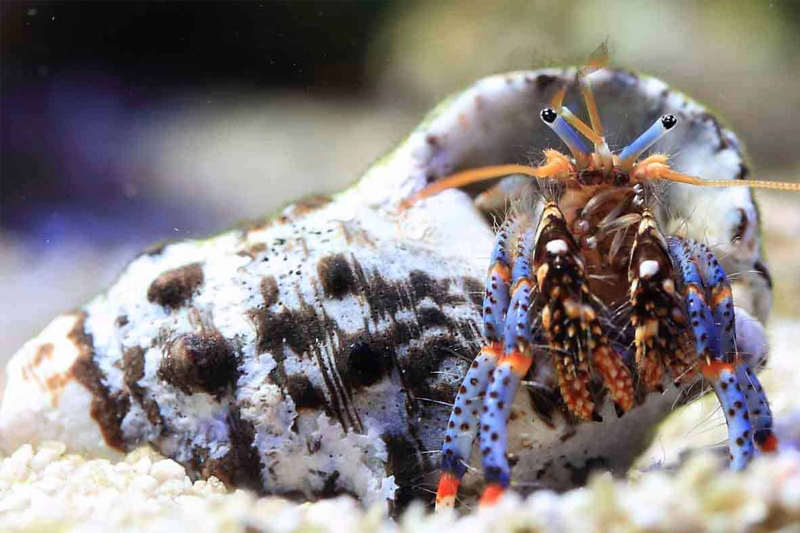Facts
- Hermit Crabs need a proper habitat: provide a tank with enough room for them to move around, climb and molt, with moist substrate for burrowing, and hiding spots.
- Diet: Offer a variety of food including commercial hermit crab food, fruits, vegetables, and protein sources like cooked chicken or shrimp.
- Humidity: Keep the habitat moist to mimic the crabs’ natural environment, with a shallow dish of water and regular misting.
- Temperature: Hermit crabs require a temperature range of 70-80°F, with a basking area that’s slightly warmer.
- Shells: Hermit crabs grow by molting and require larger shells to accommodate their growing bodies. Offer a variety of shells of different sizes and shapes.
- Social: Hermit crabs are social animals and do best in groups, with one dominant crab as the leader.
- Handling: Handle hermit crabs gently, as they can easily drop their limbs as a defense mechanism.
- Cleaning: Regularly clean the tank and change water and food dishes to prevent mold and bacteria growth.
Hermit Crab Care Myths
- Hermit Crabs are low maintenance: Hermit crabs require a specific habitat, diet, temperature, and social environment to thrive.
- Tap water is safe: Chlorine and other chemicals in tap water can be harmful to hermit crabs, use dechlorinated water or let tap water sit for 24 hours to dissipate chemicals.
- Hermit Crabs can live in a small tank: Hermit crabs need plenty of room to move around and climb, a tank that’s too small can lead to health and behavioral issues.
- Hermit Crabs are solitary animals: Hermit crabs are social animals and do best in groups with one dominant crab as the leader.
- Hermit Crabs don’t need a heat source: Hermit crabs require a temperature range of 70-80°F, with a basking area that’s slightly warmer.
- Hermit Crabs don’t need a specific diet: Hermit crabs need a varied diet including commercial food, fruits, vegetables, and protein sources.
- Hermit Crabs can live on sand: Sand is not a suitable substrate as it can get trapped in the crab’s gills, use coconut coir or eco-earth as substrate.
- Hermit Crabs can live without shells: Hermit crabs use shells for protection and to regulate their body temperature, without a shell they are vulnerable and stressed.






